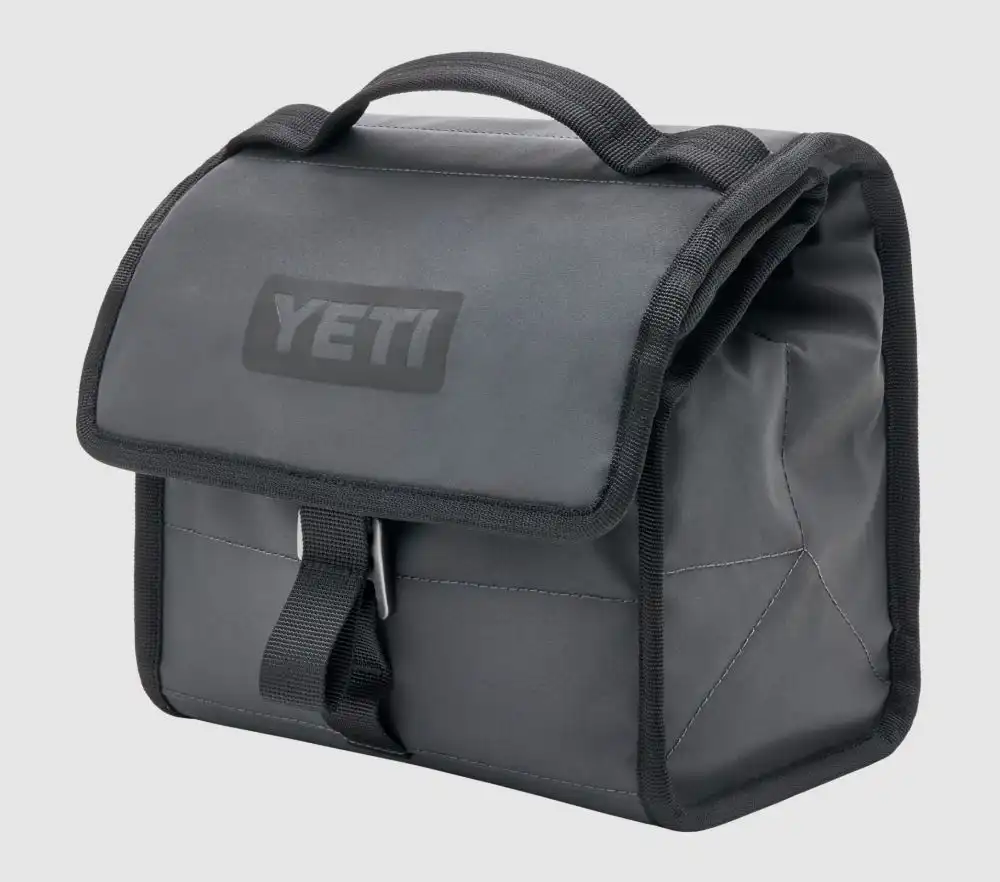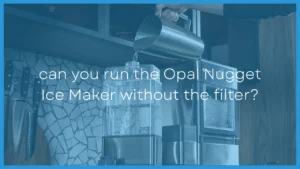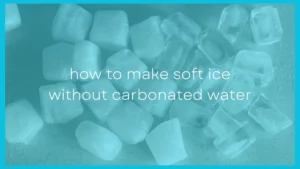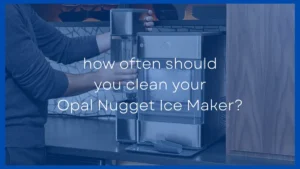Keeping food fresh and cold in a lunch box should be as easy as throwing in an ice pack and heading out the door. However, if you’re anything like me and you’ve ever opened your lunch box to find a water bottle that isn’t cold anymore and warm, disgusting yogurt, you’ll know it’s not always so simple.
Which begs the question, how long do different types of ice packs last in a lunch box and how can you make sure they stay cold for as long as possible?
Ice packs typically only last for only 2-4 hours in a lunch box, but can last longer if you have a high-quality insulated lunch box and use larger or multiple ice packs. To ensure ice packs last the longest time possible, keep them in the center of the lunch box, wrapped in a tea towel, with the lunch box out of direct sunlight.
To know how long your ice pack will last in an insulated lunch box, there are a variety of factors to consider that may cause your ice pack to melt more quickly.
Let’s have a look at which type of ice packs stay cold the longest and the factors that affect how long ice packs last. I’ll also show you exactly what you can do to maximize the time your ice packs stay cold.
How Long Does Each Type Of Ice Pack Stay Cold In A Lunch Box?
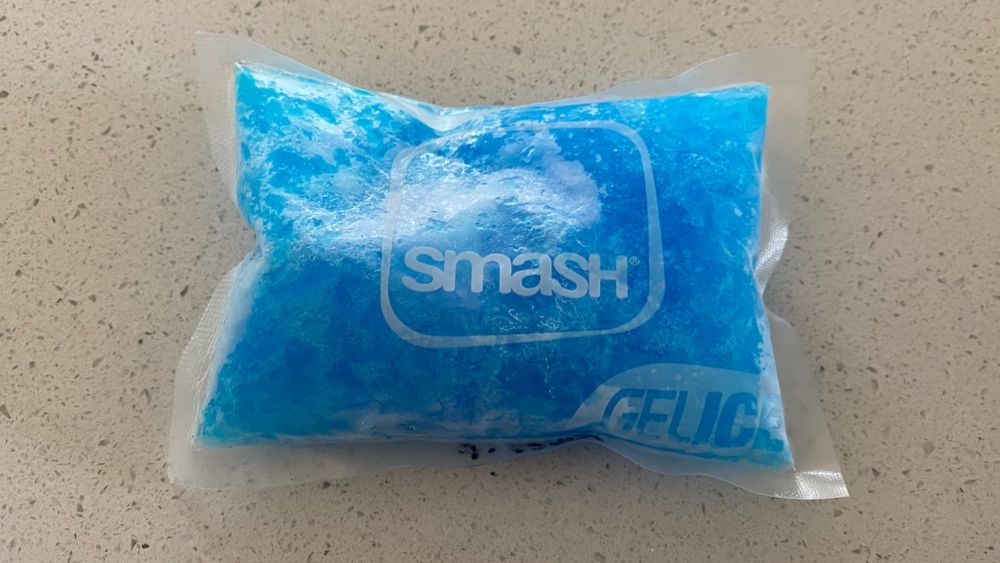
When considering how long an ice pack lasts, it’s most important to consider how long it can keep food in a safe temperature range. Once an ice pack gets above 40ºF/4ºC it’s not effective at keeping your food cold enough to be stored safely.
| Type of Ice Pack | Minimum Time Keeping Food at Safe Temperatures In An Insulated Lunch Box | Maximum Time Keeping Food at Safe Temperatures In An Insulated Lunch Box |
|---|---|---|
| Small Hard Ice Packs | 2 hours | 4 hours |
| Large Hard Ice Packs | 4 hours | 6 hours |
| Small Gel Ice Packs | 1 hour | 3 hours |
| Large Gel Ice Packs | 2 hours | 4 hours |
| 20oz. Frozen Water Bottle | 2 hours | 4 hours |
| 32oz. Frozen Water Bottle | 3 hours | 6 hours |
| Ziplock Bag Full Of Ice | 2 hours | 4 hours |
Hard ice packs last anywhere from 2 to 6 hours in an insulated lunch box and are the best ice packs for keeping food cold the longest. Gel ice packs typically last from 1 to 5 hours, depending on the size – with bigger ice packs always lasting longer than smaller ones.
Homemade ice packs can be almost just as effective. Frozen 20 oz water bottles stay cold for 2 to 4 hours in a regular insulated lunch box and larger 32 oz bottles for 3 to 6. A ziplock bag filled with ice can keep food at safe temperatures for 2 to 4 hours.
All of this does depend on a variety of factors such as outside temperatures, quality of the insulation, type of food trying to be kept cool etc. You can get shorter or longer time periods based on these factors.
Rice-filled cold packs are intended for therapeutic use, not food storage. While a rice pack may stay cool for up to an hour in an insulated lunch box, it probably won’t keep food at a safe temperature range for even that long. It just doesn't have as much thermal mass as regular ice packs or frozen water bottles do so they aren't advised for lunch boxes.
What Affects How Long An Ice Pack Stays Cold In A Lunch Box?
Aside from the material of the ice pack, several factors influence how long an ice pack stays cold in a lunch box.
The Size And Shape Of Ice Packs
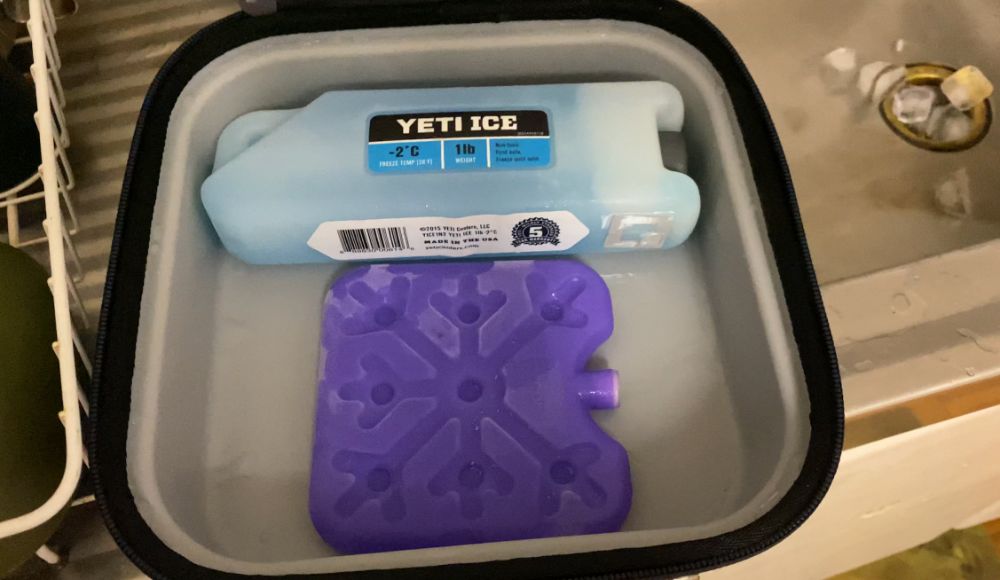
The size of an ice pack plays an important role in how long it stays cold. Bigger packs stay cold longer, often much longer.
A ½ lb. ice pack in a standard insulated lunch box may keep food cold for a couple of hours, while a 1 lb. pack may last for up to 4-6 hours in the right conditions. A heavier and bulkier 2 lb or 4 lb ice pack will last even longer again.
The general rule is…the bigger the ice pack the longer it will stay colder.
The shape of the ice pack can have an equally significant effect. Thinner ice packs may be more convenient to pack but last for a much shorter duration.
To maximize the time your food stays cold, use larger, thicker ice packs.
The Number Of Ice Packs
The number of ice packs used compared to the amount of food being kept cold can have a sizable impact on how long your ice packs last.
A lunch box overflowing with fruit, wraps, and yogurt probably needs more than one ice pack to stay cold for an extended period. Sometimes you want to stack multiple ice packs together if you need your food to stay colder for longer.
However, a lunchbox holding only a sandwich or two may only need one.
A general rule of thumb is to use one ice pack for each serving of food — but it’s always better to have too many than too few.
Ice Pack Placement

A lunch box shouldn’t be packed haphazardly. Ice packs thrown inside without consideration won’t last as long or be as effective as carefully placed ice packs.
To maximize how long your ice packs last, stack them together in the middle or bottom of the lunch box. Food that needs to be kept coldest should be kept right next to the ice packs while food that can be warmer should be kept further away from the ice packs near the edges of the lunch box.
Multiple packs spread throughout a lunch box will do a better job of cooling food evenly, but won’t last nearly as long as ice packs that are stacked tightly together in the middle of your lunch box.
Initial Temperature
The conditions in which your lunch box is packed will affect how long your food stays in a safe temperature range.
The colder your food and drinks are when packed, the longer your ice packs will last. Ice packs work by actively absorbing heat from food — the more heat transferred to an ice pack, the faster it melts.
Refrigerate or freeze any food in advance that you plan to pack.
For this reason it can be a good idea to keep your insulated lunch box in the fridge the night before you plan to take it. Then when it is time to go, grab your ice packs from the freezer and put them in your bag.
If everything starts out cold it'll take longer to heat up and the ice pack will last longer.
External Conditions
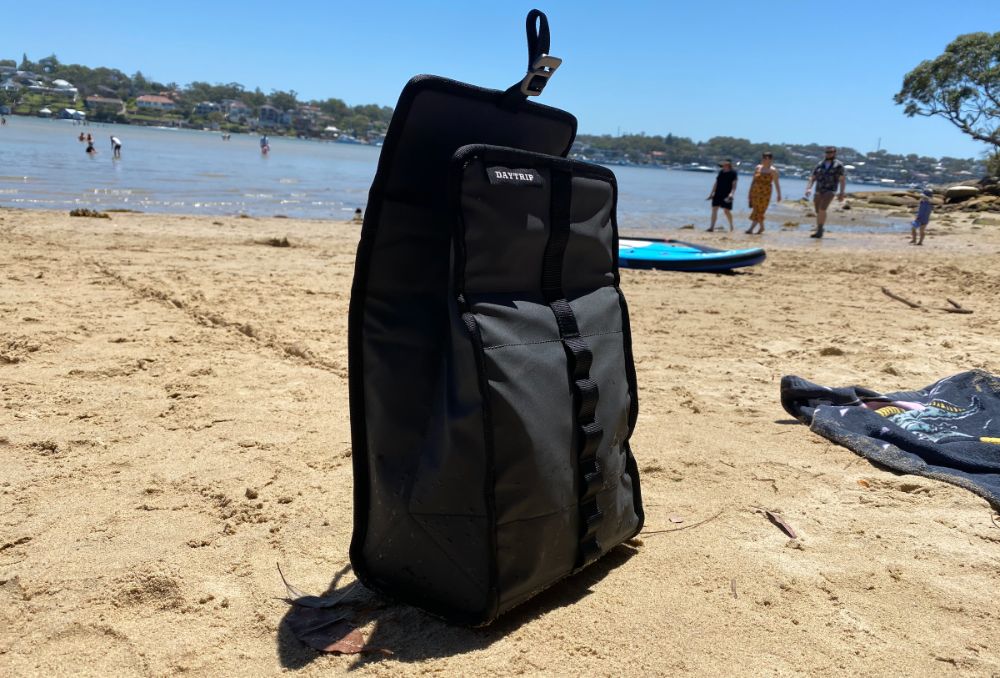
External temperature and exposure to sunlight will drastically change how long your ice packs last.
Whenever possible, keep your lunch box inside in an air-conditioned room. The trunk of your car on a summer’s day will do your ice packs no favors.
Direct exposure to sunlight should also be avoided. If you must keep your lunch box outdoors, choose a nice, shady spot not right under the baking hot sun like my Yeti DayTrip lunch box shown above.
The Lunch Box Matters
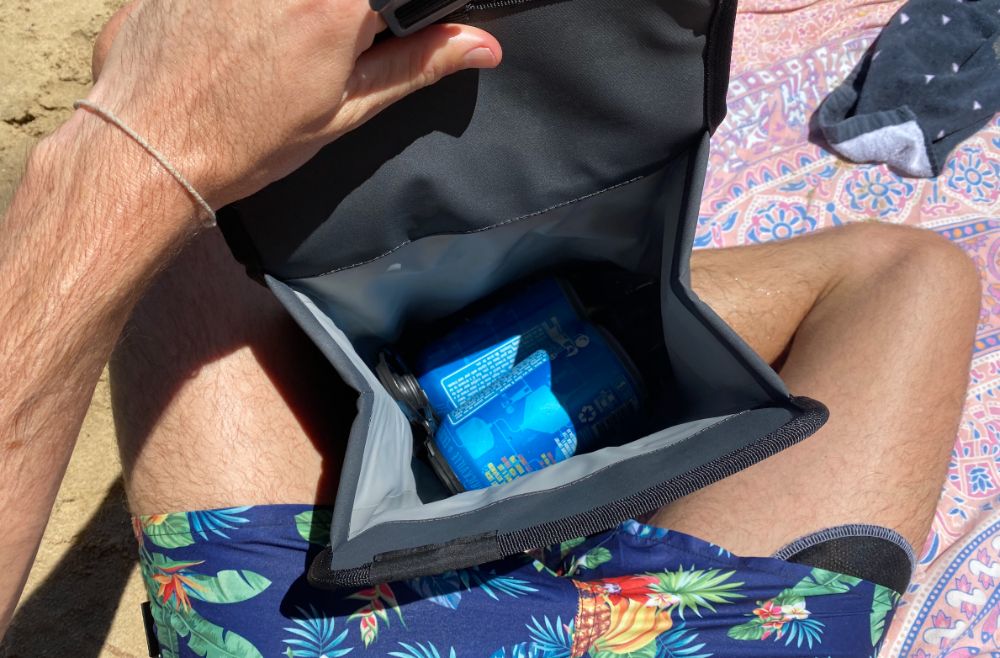
Standard insulated lunch boxes with an ice pack or two are more than enough to keep food cool until lunchtime in normal conditions. In fact, if you only need to keep food cold for an hour or two you may not need an ice pack in your lunch box at all.
For longer days (or hotter days), however, a cheap lunch box may not cut it if you want your food to stay cold for an extended period of time.
Insulated lunch boxes keep food cold using a multi-layer insulation system.
The middle layer, made of foam, keeps external heat from entering the bag. The internal lining, made of foil or heat-reflective vinyl, reflects the radiated thermal energy of your bag's contents — helping your lunch box maintain its internal temperature for longer.
However, cheap lunch boxes have very thin foam and don't do the best job.
Hands down, without a doubt, the best insulated lunch box I have ever owned or seen is The Yeti DayTrip Lunch Box. It's extremely pricy for a lunch box but it's well worth the cost and it can actually keep ice frozen for up to a full day.
It works way better than any cheap lunch box and I am always taking it on day trips and adventures to keep items cold.
The Yeti DayTrip Lunch Bag is THE BEST lunch bag on the market (no question about it).
It's sized for personal food but features thick insulation that will keep ice for up to a full day. It expands to fit all your lunch and folds down to a super compact size for easy storage. An expensive lunch bag, but well worth it's price tag
Minimize the number of times you open your lunch box throughout the day. Each time you open it you allow heat to enter and cold to escape.
Choose a lunch box size appropriate to the amount of food you intend to pack. A partially-filled lunch box is much less effective than a full one.
Higher-quality lunch boxes use thicker, denser foam to minimize heat transfer. The best insulated lunch boxes act like tiny coolers and can have a huge effect on how long your ice packs stay cold.
Final Thoughts
Different types of ice packs last for significantly different amounts of time in a lunch box. On average, expect ice packs in an insulated lunch box to last for:
- Hard ice packs: 2 to 6 hours
- Gel ice packs: 1 to 4 hours
- Frozen water bottles: 2 to 6 hours
- Ziplocks full of ice: 2 to 4 hours
Aside from the ice pack itself, factors that influence how long an ice pack stays cold include the amount of food being cooled, external temperature, initial internal temperature, the number of ice packs used, the quality of the lunch box, and the way the lunch box is packed.


